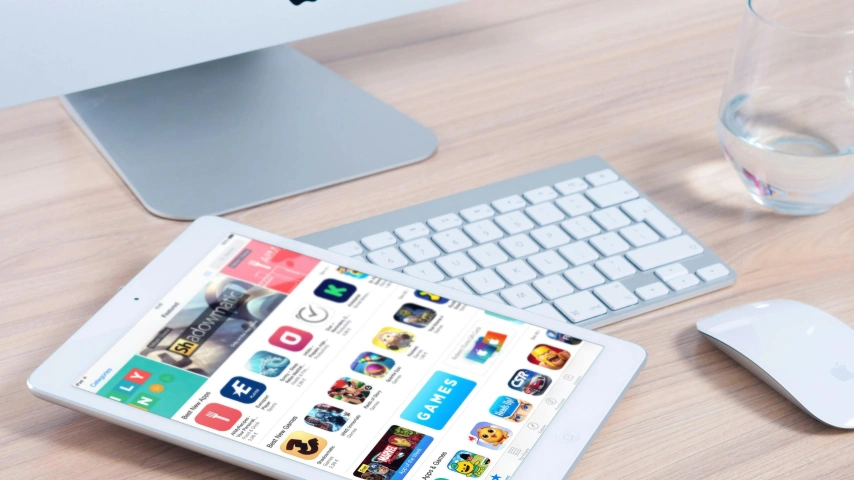Technology / Detail
The Best All-in-One Productivity Apps in 2025 (That Aren’t Overkill)
Michael Jack | 02 August 2025 | 13:05
For busy professionals, finding a productivity tool that simplifies work without adding complexity is a challenge. In 2025, the rise of “all-in-one” platforms has promised to consolidate to-do lists, calendars, documents, and communication. But some tools try to do too much — becoming overwhelming in the process.
This guide highlights the best all-in-one productivity apps for those who value function over flash. These are tools that help you get more done without spending more time learning how to use them.
Why All-in-One Tools Are Trending
Instead of juggling five different apps to manage tasks, notes, schedules, and communication, more users are gravitating toward platforms that combine essential workflows under one interface. This is especially attractive to freelancers, small teams, and consultants looking to reduce digital clutter.
But “all-in-one” doesn’t mean “everything for everyone.” The best tools are those that do a few things extremely well — and integrate with the rest.
1. Notion – The Flexible Brain for Projects and Notes
Notion has evolved from a simple note-taking tool into a full productivity ecosystem. It combines task lists, calendars, databases, wikis, and documents into one interface — all highly customizable.
Why it works:
- Templates for content calendars, CRMs, and team wikis
- Real-time collaboration for distributed teams
- Great for creators and solopreneurs with layered projects
Not ideal for: Complex automation or enterprise-level project management
2. ClickUp – Structured Productivity for Teams
ClickUp offers a task-centric platform with features for document sharing, goal setting, and time tracking — all organized around project hierarchies. It’s a favorite among small teams that need structure without enterprise pricing.
Why it works:
- Clean task and subtask management
- Integrated docs and time tracking
- Works well for client services and remote collaboration
Not ideal for: People who dislike structured project workflows or prefer minimalist tools
3. Motion – Calendar-Powered Task Automation
Motion blends scheduling and task management by automatically assigning your to-dos into available calendar slots. It’s built for professionals with tight schedules who need time blocking and focus windows.
Why it works:
- AI-scheduled tasks reduce manual planning
- Combines calendar, meetings, and tasks in one place
- Ideal for consultants or executives managing multiple priorities
Not ideal for: Teams or users who dislike algorithm-driven planning
4. Coda – Documents with Superpowers
Coda merges spreadsheets, text docs, and apps into a single document format. Think of it as a Word document that can also manage data, display charts, and send emails.
Why it works:
- Great for building internal dashboards, trackers, and workflows
- Strong integration with APIs and Google Workspace
- Ideal for operations and data-minded professionals
Not ideal for: Users who just want a simple to-do list or minimal interface
5. Anytype (Emerging Tool) – Local-First, Privacy-Respecting Alternative
For those seeking control over their data, Anytype offers an offline-first productivity tool with Notion-like flexibility but without the cloud dependency. It’s still in early adoption but gaining attention.
Why it works:
- Offline use with full local encryption
- Designed for personal knowledge management
- Ideal for those who value privacy and open-source principles
Not ideal for: Teams or cloud-heavy workflows
How to Choose the Right Tool
Rather than chasing features, evaluate tools based on:
- How often you’ll use it (daily vs. occasional)
- Who you’ll collaborate with (solo vs. team vs. clients)
- What type of work you manage (creative, operational, administrative)
Remember: The best tool is one that disappears into your workflow.
Expert Insight
“Don’t get caught up in what’s trending. Choose a platform that reduces friction in your day,” says Elise Thomason, a systems consultant for hybrid teams. “The fewer tabs you have open, the more mental bandwidth you save.”
Call to Action:
Before downloading the next trending productivity app, audit your current toolset. What frustrates you? What’s duplicative? Then try just one of the platforms listed here — and see if your workflow starts to feel lighter.
Related
-

Robot vs Robot: China's First-Ever Humanoid Sports Games 2025
Technology26 August 2025
-

Edge AI & 5G-Advanced: Shaping the Future of Connectivity
Technology25 August 2025
-

Indonesia’s Crypto Leap: What the World Can Learn from CFX and COIN
Technology19 August 2025
-

The Rise of Micro-SaaS: How Small Tools Are Solving Big Problems
Technology02 August 2025
-

Legit Crypto Platforms to Watch in 2025: Where Safety Meets Utility
Technology01 August 2025
-

Freelancer Tech Stack 2025: The Tools Solopreneurs Actually Use
Technology01 August 2025
Editor's Pick
-

-

Can AI Predict Market Crashes? What We Know (and Don’t)
03 August 2025 -

-

-
